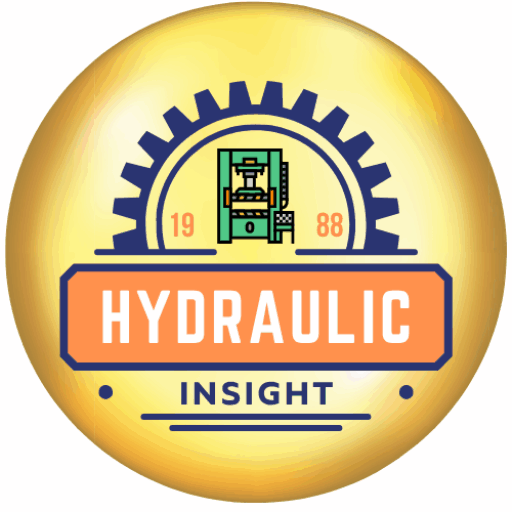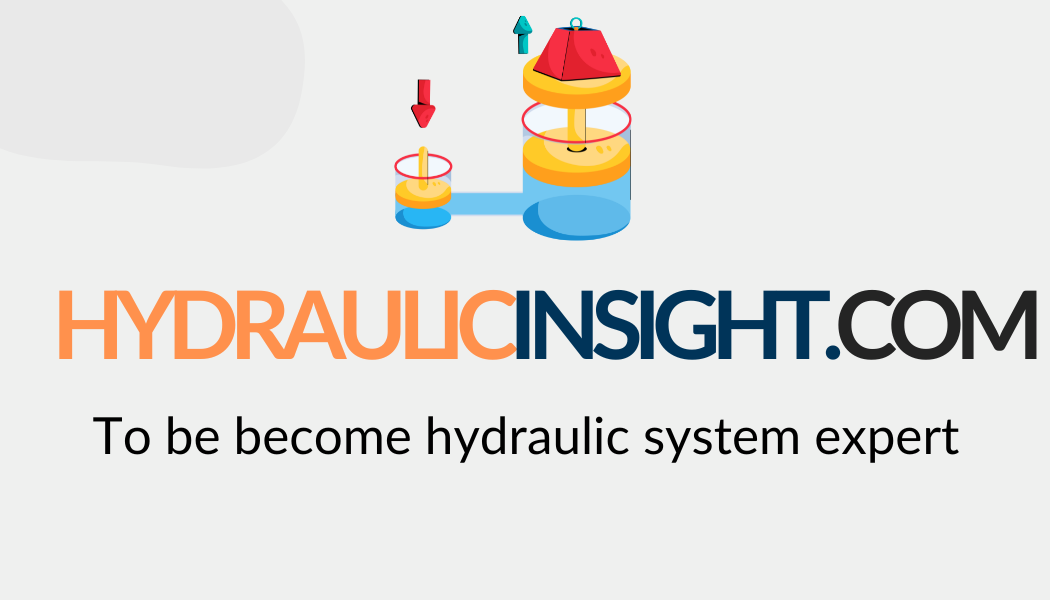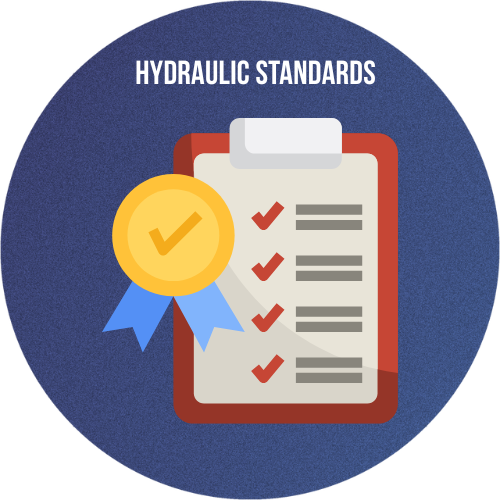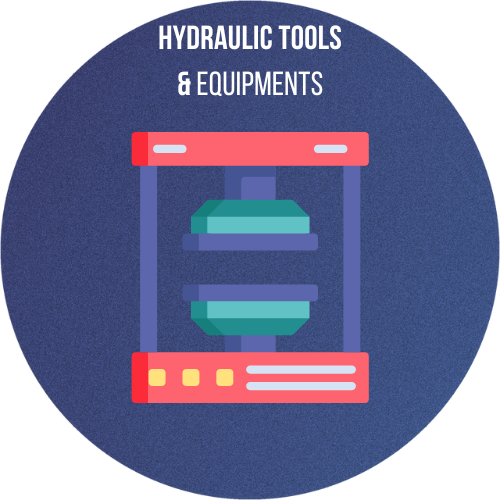Conclusion
The hydraulic power pack is an essential piece of equipment across countless industries—offering compact, powerful, and highly controllable hydraulic energy for machinery and systems. From lifting and pressing to rotating and clamping, these self-contained units transform electrical or mechanical input into precise hydraulic motion.
Throughout this article, we explored the definition and working principles of a hydraulic power pack, broke down its core components, examined common types, and reviewed its extensive applications. We also covered how to select the right unit, maintain it properly, stay safe during operation, and keep up with the latest innovations reshaping the field.
Whether you’re upgrading existing systems or deploying new equipment, choosing the right hydraulic power pack can improve productivity, enhance safety, and reduce operating costs. With the right knowledge, planning, and support, you can integrate this powerful tool into your operation with confidence and long-term success.
FAQs About Hydraulic Power Packs
1. What is the function of a hydraulic power pack?
A hydraulic power pack supplies pressurized hydraulic fluid to actuators such as cylinders and motors. It allows machinery to perform high-force mechanical tasks such as lifting, clamping, or rotating.
2. How do I choose the right hydraulic power pack for my application?
Start by identifying your system’s pressure and flow requirements, the type of actuators being used, duty cycle, and environmental conditions. Then consult with a hydraulic specialist or supplier to match the proper size, type, and features.
3. What fluid is used in a hydraulic power pack?
Typically, mineral-based hydraulic oils are used, but some applications may require fire-resistant or biodegradable fluids. Always check compatibility with seals and system materials.
4. How often should hydraulic power packs be serviced?
Routine inspections should be done daily or weekly, with fluid analysis and filter changes scheduled monthly or quarterly. Follow manufacturer recommendations and keep detailed maintenance records.
5. Can a hydraulic power pack be used outdoors?
Yes. Outdoor use is common, but the unit must be designed with weather-resistant enclosures, corrosion protection, and potentially an alternative power source (e.g., diesel or battery).
6. What is the difference between a hydraulic power pack and a hydraulic power unit (HPU)?
The terms are often used interchangeably, but generally, “hydraulic power pack” refers to smaller, compact systems, while “hydraulic power unit” may describe larger industrial setups with more complex controls and capacity.
7. How long does a hydraulic power pack last?
With proper maintenance, a high-quality hydraulic power pack can last 10–20 years or more. Longevity depends on operating conditions, fluid cleanliness, and adherence to service schedules.
8. Can I use a single power pack for multiple machines?
Yes, but it depends on flow demand and pressure requirements. You may need additional directional control valves and a properly sized pump/motor combination to handle multiple actuators simultaneously.


 HYDRAULIC BASICS
HYDRAULIC BASICS  HYDRAULIC COMPONENTS
HYDRAULIC COMPONENTS  HYDRAULIC SYSTEM
HYDRAULIC SYSTEM  HYDRAULIC SYMBOLS
HYDRAULIC SYMBOLS  HYDRAULIC STANDARDS
HYDRAULIC STANDARDS  HYDRAULIC CALCULATORS
HYDRAULIC CALCULATORS  HYDRAULIC TOOLS
HYDRAULIC TOOLS  BUYER’S GUIDES
BUYER’S GUIDES 


